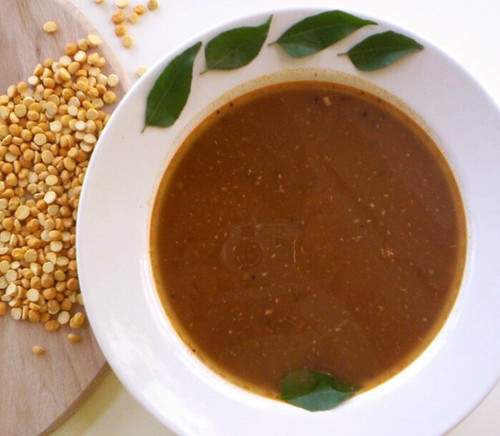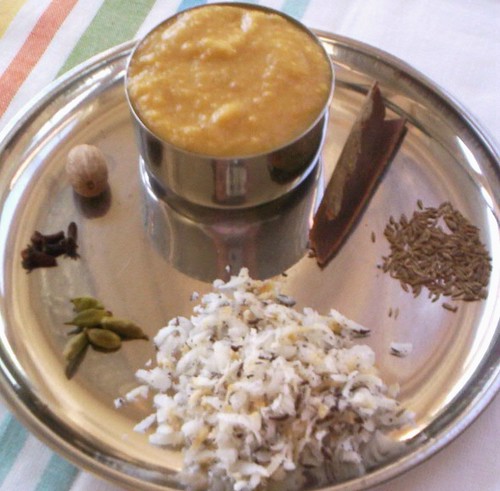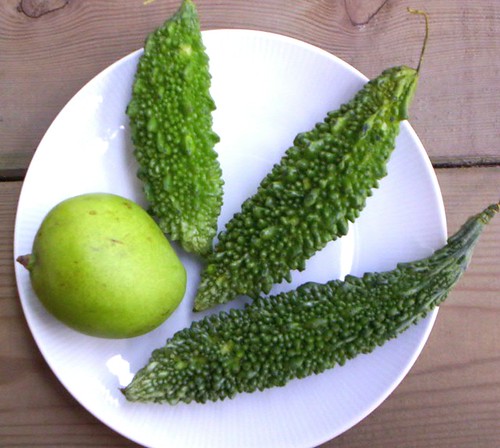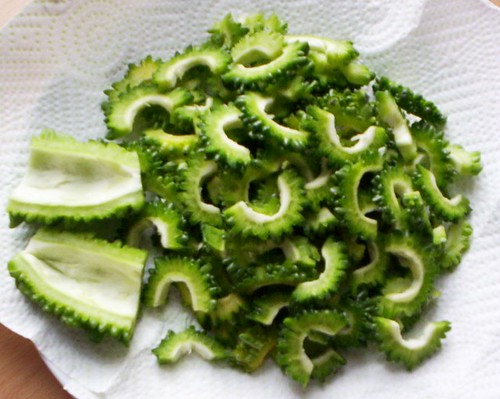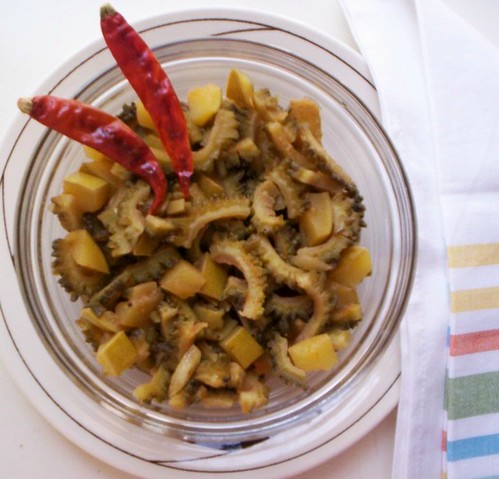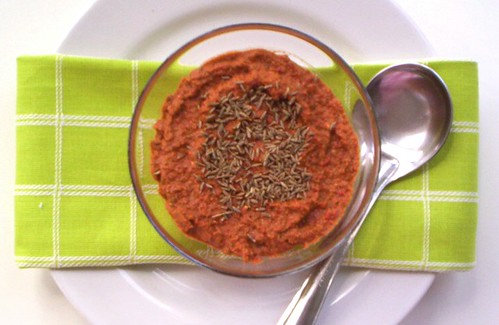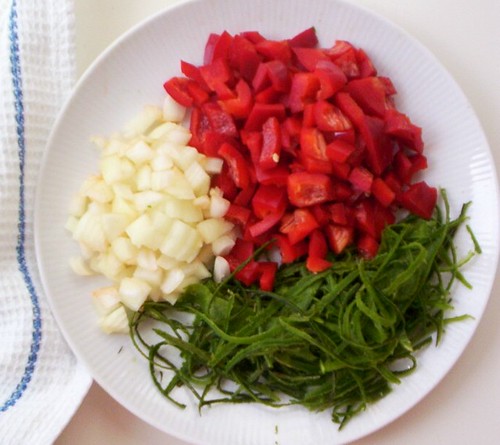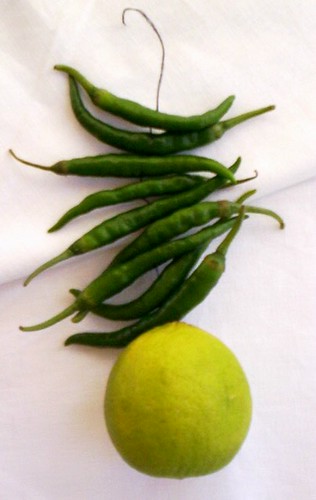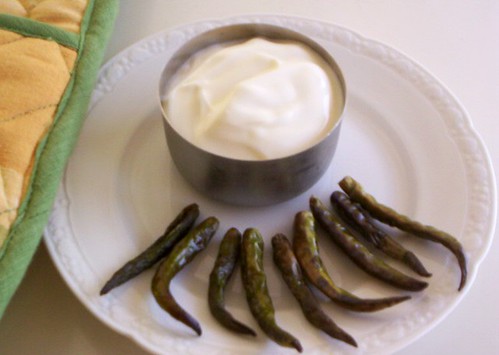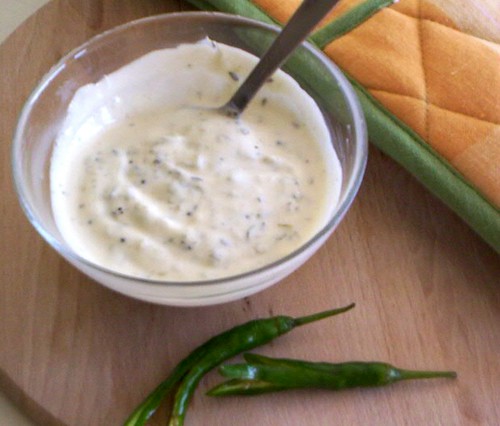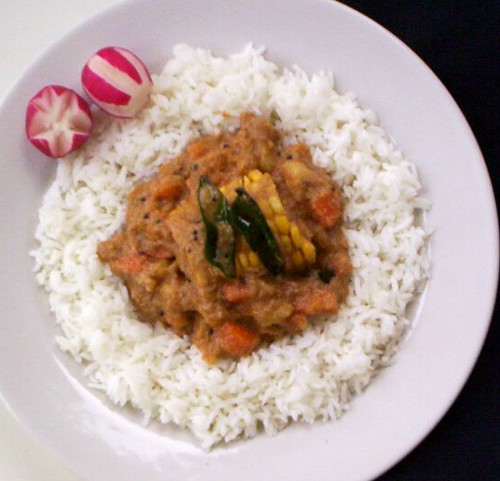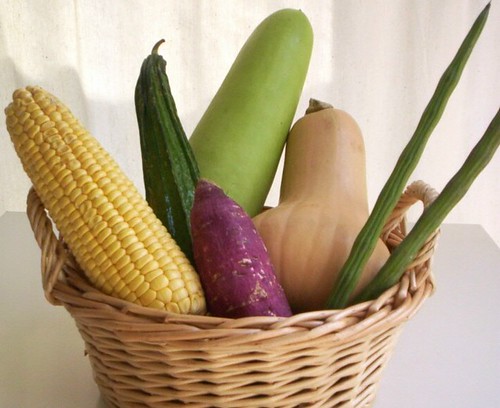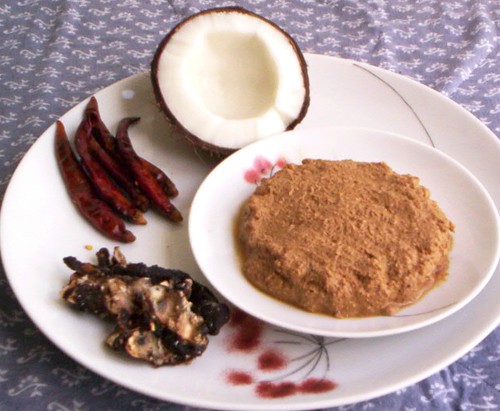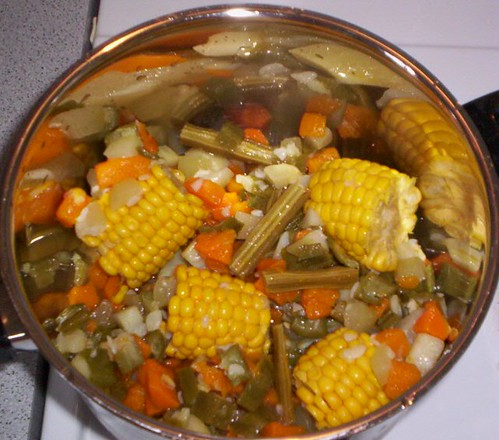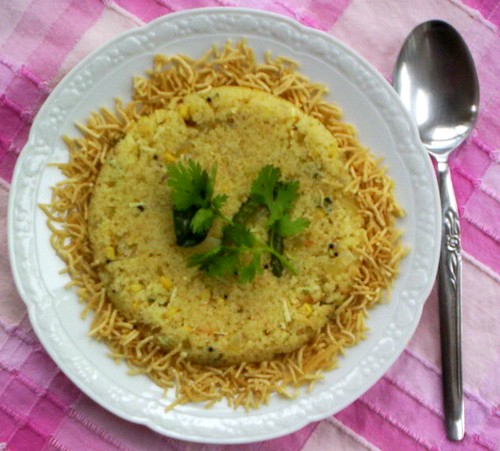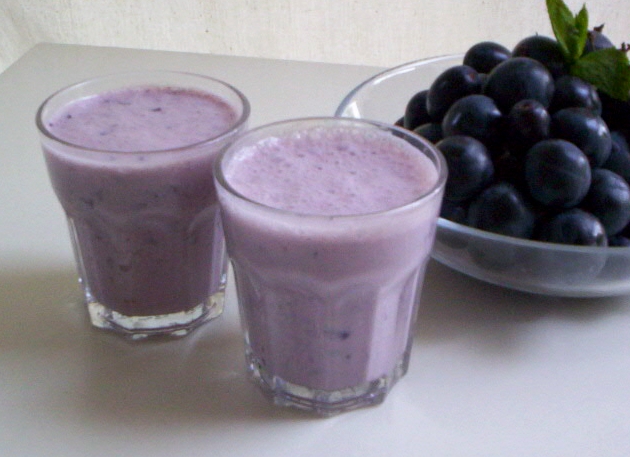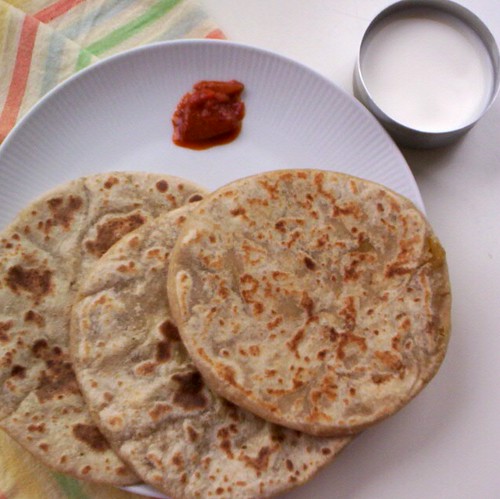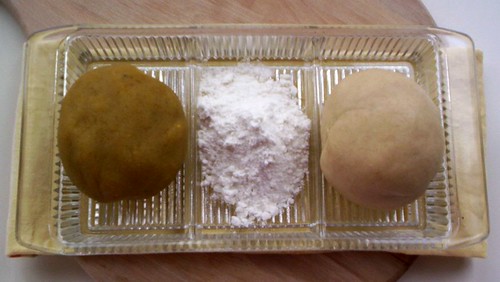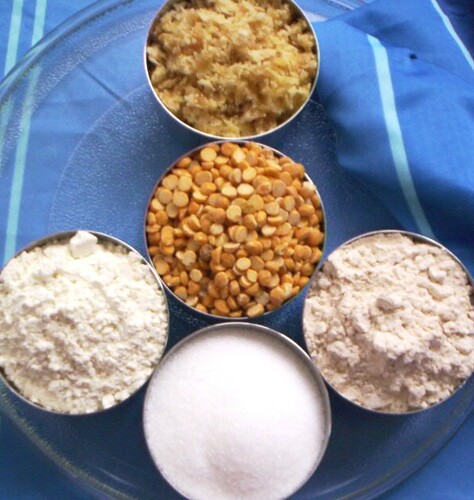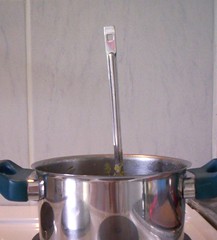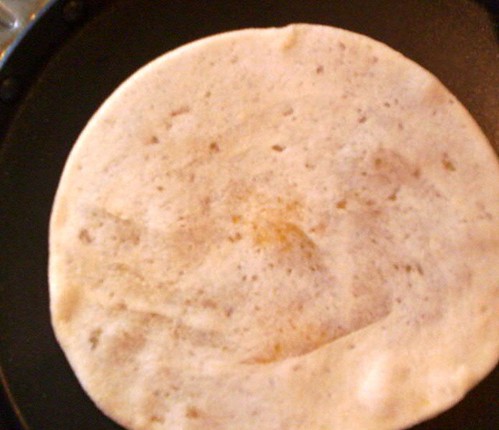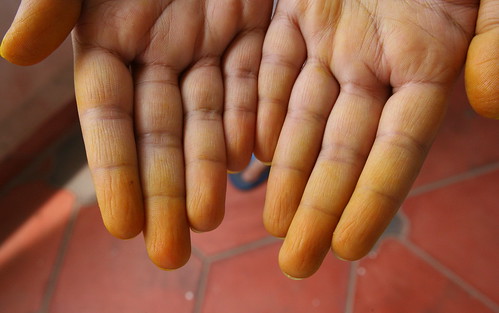Kataachi Aamti (Do you see the reflection of my camera in it? :)
Although I have been cooking a lot everyday since my parents-in-law are here, that is also the reason why I find little time to blog. However, I have been religiously taking photographs of all new/different dishes. Which means that I will blog about all them sooner or later. Today's * lucky * dish is Kataachi Aamti.
In my post on Puranpoli, I mentioned that it is often served with this spicy Dal prepared with water (kat) drained from the cooked Chana Dal. To thicken the Aamti, some of the stuffing (Puran) is used.
To be honest, it is not really a practical idea to make Puranpoli every time you want to make Kataachi Aamti. Moreover, who says that it cannot be served with rice or phulkas? So there.
What I am giving here is the way to make it with Chana Dal cooked only for this purpose. A few things about this Aamti, before I start off.
Kataachi Aamti is supposed to be rather watery. It is actually *drunk* from the bowls in which it is served. :) Also, this preparation is sweet, sour, rather spicy and very very aromatic. When you make it, you will know at once that it is a special festive preparation. But how will you make it, unless I give you the recipe? (That was my attempt at humour, by the way. Does anybody know of laughtrack for blogs? I so wish I could use it here.) Anyway, here's the recipe.
Recipe for Kataachi Aamti
Serves 6.
Ingredients:
½ cup Chana Dal
2 tsp Goda Masala
1 tsp tamarind concentrate dissolved in ¼ cup of water
2 ½ tbsp jaggery or muscovado sugar (I used m. sugar.)
½ tsp chilli powder
¼ tsp turmeric powder
salt to taste
upto four cups of warm water
1 tbsp oil
½ tsp mustard seeds
a pinch Methi/fenugreek seeds (approx. 10 seeds)
heaped ¼ tsp asafoetida powder
To be ground together:
3-4 tbsp grated dried coconut (Kopra)
2 peeled cardamom pods
2 cloves
½ tsp cumin seeds
a pinch grated nutmeg
¼ tsp cinnamon powder (Or a 1" piece of cinnamon)
curry leaves or chopped coriander leaves for more flavour as well as garnishing (optional)
a dash of lime juice to enhance the flavour as well as to stop the spices from * burning the throat * :)
Clockwise from top:
cooked Chana Dal, cinnamon, cumin seeds, grated dried coconut, cardamom, cloves, nutmeg
Method:
1. Pressure-cook the Chana Dal with 1 cup of water. Once cooked, mash it well with a ladle or with a hand-held blender.
2. Grind the spices together into a homogenous coarse powder. If you find it difficult to dry-grind them in your mixie, grind them to a paste using the tamarind water.
3. Heat oil in a pan. Once it is hot, add the mustard seeds and let them pop. Then add the fenugreed seeds. Once they start changing colour, add the asafoetida powder and then the cooked Chana Dal.
4. Add warm water. As I have mentioned before, this Aamti is meant to be thin. So, you could add upto four cups of water. However, I would suggest that you add one cup at a time and check the consistency. If you feel like, add another cup or half and so on.
5. Bring the mixture to a boil and add all other ingredients barring the coriander or curry leaves and the lime juice.
6. Boil the Aamti on high heat for about five minutes.
7. If using coriander or curry leaves, add them just before turning the heat off.
8. Once off the heat, cover the pan for the flavours to blend well.
9. Add a dash of lime juice just before serving. Alternatively, you could serve wedges of lime with the rest of the meal.
Serve Kataachi Aamti warm with rice or phulkas. If entertaining a Maharashtrian guest, try serving this with Puranpoli, and see him/her turning into your slave for life. :) :)
Note:
1. Every Maharashtrian household has its own, slightly-different-from-others' recipe for K. Aamti. This is my recipe, and the Aamti that I make tastes different even from what my mother makes. So, if your Aamti made using this recipe does not turn out like the one that you've eaten before, I'd suggest, that you use this recipe as the base and keep experimenting (mainly with the quantity of the spices) until you think that you have achieved * that * taste.
2. If you don't have Goda Masala with you, you could try increasing the quantity of the spices ground together.
